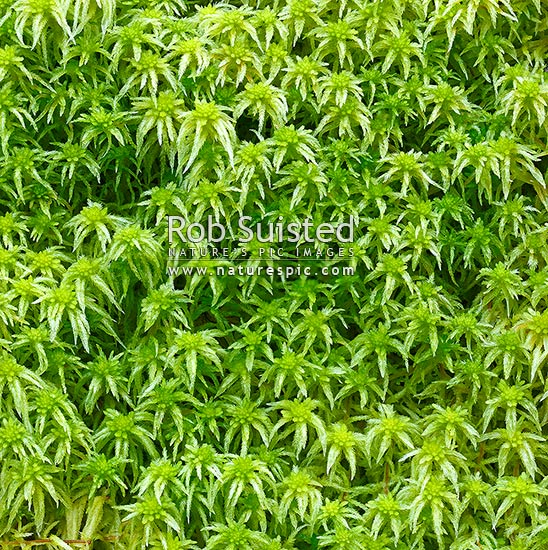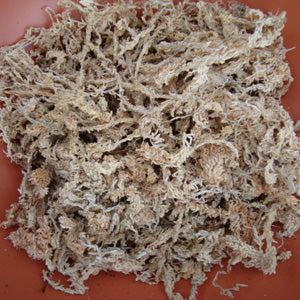

It's prized for its spongy texture, which allows it to hold onto both water and air – both of which are essential for developing roots. They use it for fertilising and improving the soil, and as a key ingredient in potting mixes for growing new plants. One group that's been particularly resistant to giving it up is gardeners. There are finite reserves and peat takes thousands of years to form. Natural peatlands store twice as much carbon as all the world's forests, but they are rapidly disappearing due to widespread extraction. But, sparked by environmental concerns over the use of peat in horticulture and a looming limit on this use in the UK, BeadaMoss is now investigating the best way to grow sphagnum moss as a replacement for the bags of peat-based growing media found widely in garden centres across the world.

Wright's company, BeadaMoss, is growing sphagnum moss – the main component of natural peat extracted from northern peatlands for use in gardens across the US and Europe.īeadaMoss has been growing sphagnum for around 15 years, initially to plant this on degraded peatlands as a fast-track to peatland restoration.

In a greenhouse in Nottinghamshire, Barbara Wright is growing peat.


 0 kommentar(er)
0 kommentar(er)
